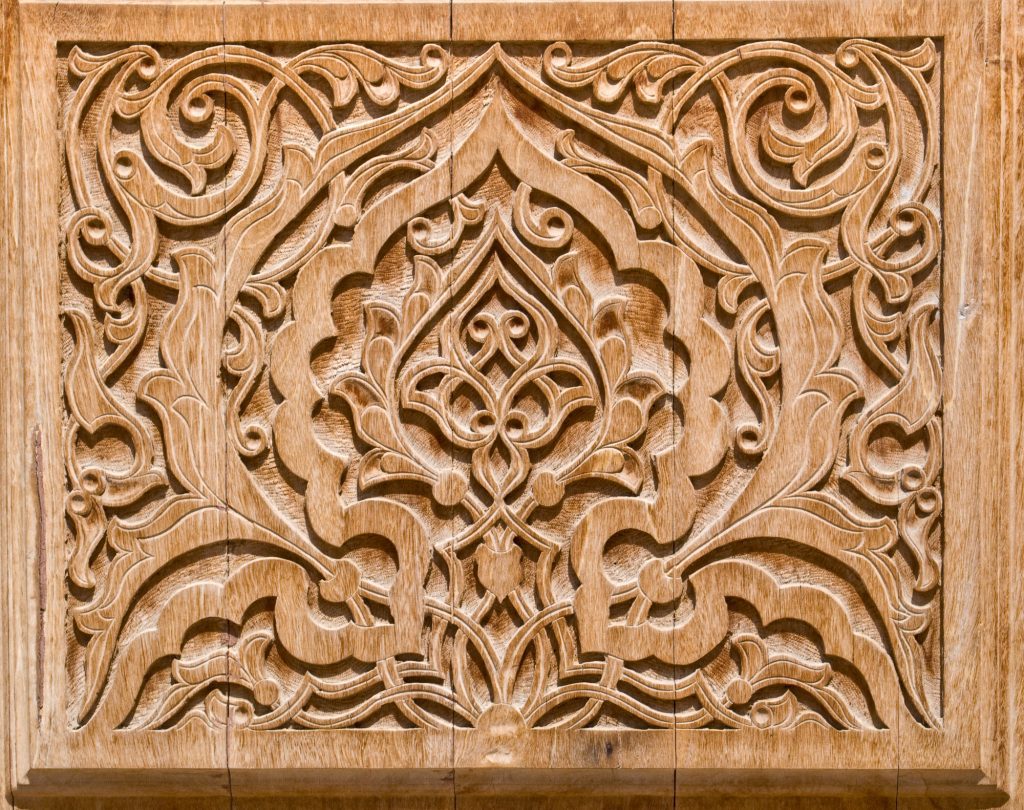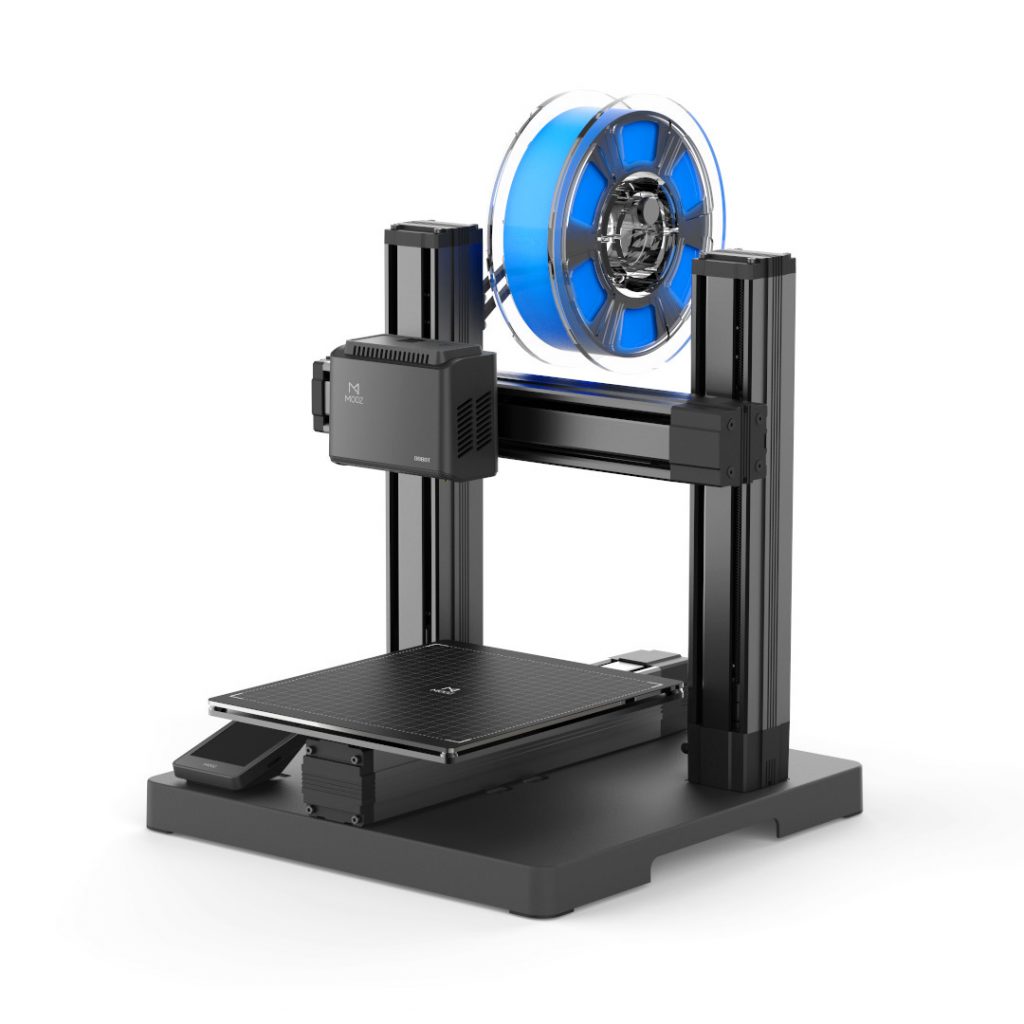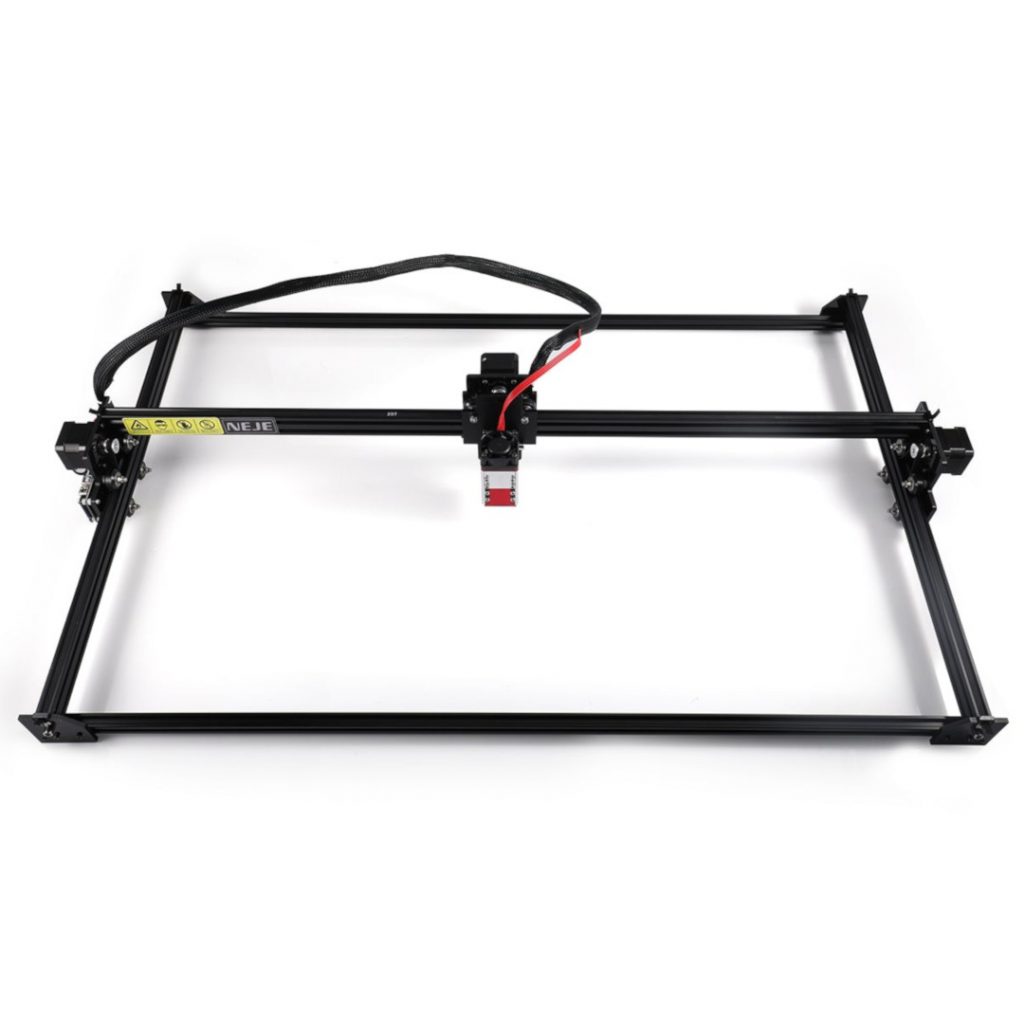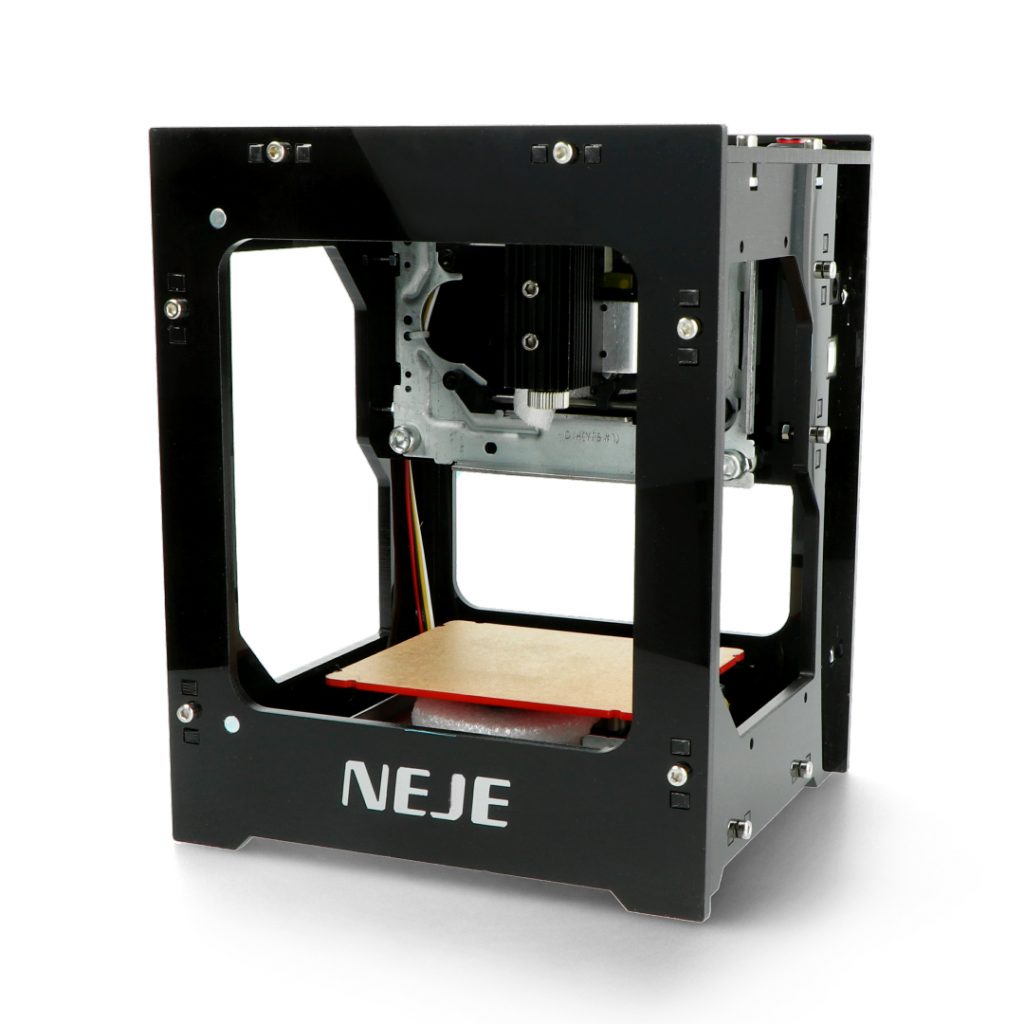Table of Contents:
- 1 What is the difference between 3D engraving and 2D engraving?
- 2 How does 3D engraving work?
- 3 The benefits of 3D engraving
- 4 3D engraving – creation of a 3D design in a computer software
- 5 What should a good 3D engraving unit have?
- 6 Selection of materials suitable for 3D engraving
- 7 Choice of engraving depth
- 8 3D engraving – patience pays off!
This article outlines the 3D engraving process and the selection of materials required.
What is the difference between 3D engraving and 2D engraving?
In 2D laser engraving, the pattern to be engraved is defined by two unique coordinates and a constant engraving depth across the entire work area. With 3D engraving, on the other hand, the difference is in the engraving depth and it can vary at any point, which, depending on the specifics of the project, manifests itself in hills and dips in the engraving area, as is the case in bas-reliefs, for example. In this way, we achieve three-dimensional objects on a two-dimensional plane.
How does 3D engraving work?
In contrast to classic two-dimensional engraving, laser engraving in three dimensions is more time-consuming, but the end result is worth it. Firstly, we create our design in a 3D graphics program – in much the same way as we would do when creating a two-dimensional design. Once the design is complete, we save the file, send it to the memory of the engraving machine and begin the 3D engraving process.
In this process, the laser beam is directed appropriately at the material surface. The pulse-controlled laser light, by focusing the light beam, burns the surface to the appropriate depth in a point-by-point manner, according to the coordinates stored in the project data. 3D engraving can be used to produce three-dimensional images, logos, Christmas decorations and customised objects, in a variety of materials. To ensure the best end results, the 3D engraving laser is set up so that the areas of the material with the darkest colours are exposed to the strongest possible laser light, and those with the brightest colours to a correspondingly softer laser light.

The shades between the light and dark areas are engraved with suitably varying strengths and with appropriately sloping edges at different depths to achieve the best possible end result. Depending on the physical and chemical properties of the material in which we perform 3D engraving, it may be necessary to remove impurities, i.e. material residues, after the process is completed. This is particularly true for engraving in wood, which releases large amounts of oil as a result of intensive exposure to the laser’s heat energy.
The benefits of 3D engraving
The three-dimensional laser engraving technique offers numerous advantages. In addition to standard engraving on flat surfaces, three-dimensional engraving can also be used on surfaces with non-standard shapes. 3D engraving can also be performed on concave, convex or inclined surfaces, among others.
Depending on the complexity of the project, the engraving machine can engrave at various heights, thanks to the possibility to adjust the position of the laser beam and its focal length, which is not possible with 2D laser engraving machines. Also thanks to the extended focusing options, 3D marking and engraving allows for increased precision.
In the case of classical 2D engraving, deep carving into flat surfaces is difficult due to the loss of energy of the laser beam when changing its working height, which has a direct impact on engraving efficiency. 3D engraving, on the other hand, is free of this limitation and allows for more accurate results, even when engraving on multi-coloured surfaces. 3D engraving itself also provides an amazing visual experience – the image is very vibrant and bears no laser side effects, making it perfect as a gift for anyone!
3D engraving – creation of a 3D design in a computer software
Creating a design for the 3D image you want to engrave is, once you have an idea for the design, the first stage of creating it. It will certainly be more time consuming than creating 2D designs, especially for beginners, but only at the beginning, at the stage of getting familiar with 3D image creation software. Programs that allow you to create 3D images include Adobe Photoshop, Adobe Illustrator, CorelDraw, and also ArtCAM. Such programs use a colour palette and greyscale to enable the creation of 2D and 3D graphics in high resolution. Ideally the greyscale should be at least 8-bit resolution, giving a total of 256 shades of grey. The end result should have crisp edges and 3D depth.

What should a good 3D engraving unit have?
In order to obtain the best possible results from 3D engraving, the first thing to take care of is to choose a 3D engraving machine whose parameters will meet the requirements for the accuracy of our design. A good unit for 3D laser engraving, must be equipped with a photo-optical sensor capable of interpreting a wide range of colour shades, and a laser head capable of sending short series of pulses, as this is one of the key elements conditioning the accuracy of the final result.
Laboratory studies have shown that radio frequency controlled lasers produce significantly better results compared to lasers based on CO2 tubes connected to high DC voltage. The 3D laser engraving head, should also provide sufficient power, necessary for most projects. The optimum range is between 100W and 600W. The greater the variation in engraving depth, the more worthwhile it is to choose a higher power laser.
Selection of materials suitable for 3D engraving
When it comes to 3D engraving, it is important to select the right material for the job, as not every material designed for classic 2D engraving will work well for variable depth engraving. This applies, for example, to stone, which is characterised by very high hardness, which when cut through the full depth of the stone significantly exceeds the energy capabilities of the laser beam.
A very good material commonly used for 3D engraving is wood from deciduous trees such as birch, walnut, cherry or maple. The structure of the wood from these trees is very grainy, which has a very positive effect on the final results of 3D engraving, including the finest details. Residues from engraving in the form of burnt wood chips are easily removed with water.
3D engraving also works very well in acrylic, which, although harder than wood, still has the thermal characteristics that allow for accurate 3D laser engraving. For the best possible end result, it is a good idea to polish the 3D acrylic object after engraving to achieve a glossy surface.
If, on the other hand, you wish to paint your 3D object after engraving, a good material for this purpose would be MDF, which is characterised by a smooth structure. Before painting, it is worth cleaning the 3D object engraved from MDF with compressed air and wiping it with a damp cloth. 3D engraving in glass is also popular, although unlike wood materials, it requires more laser power.
Choice of engraving depth

In order to achieve the desired effect, the depth range of the engraving must also be chosen correctly. If the material used for our three-dimensional works of art is wood, we need to be particularly careful, as this material is very easy to work with for the laser and is easily cut. However, this does not immediately mean that a large engraving depth has to be set in order for the engraved image to be clearly visible – not necessarily! It is even sufficient to set a shallow engraving depth, even in the range of 3mm to 7mm, which will already give a sufficiently high clarity of the 3D graphics on the surface.
3D engraving – patience pays off!
It is important to remember that 3D engraving – from the idea for the design to its final physical form, is a time consuming process and will certainly require patience – but patience definitely pays off – also with 3D engraving and all the steps involved in the process. And let’s not forget that the key element is a well-chosen 3D laser engraver. The end result will definitely be worth the effort!
How useful was this post?
Click on a star to rate it!
Average rating 0 / 5. Vote count: 0
No votes so far! Be the first to rate this post.






















